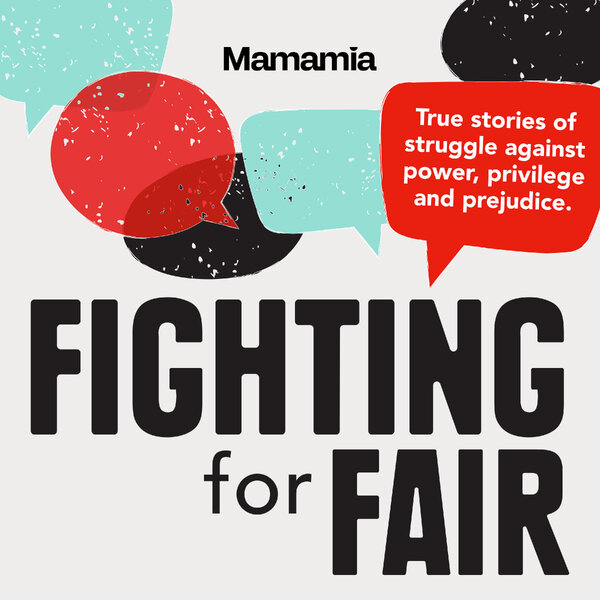
For decades, the profile of a serial killer was almost exclusively male.
The idea of a woman committing multiple, violent roadside murders was unthinkable. Then came Aileen Wuornos.
Between 1989 and 1990, Wuornos, who was a sex worker in Florida, shot and killed six men along major highways, shattering every comfortable assumption about female criminality.
She was dubbed America's "first female serial killer."
Her complex and horrific crimes, and the tragic life that preceded them, became the foundation for the 2003 film Monster, which earned Charlize Theron an Academy Award for her transformative portrayal.
Watch the trailer for Aileen: Queen of the Serial Killers. Article continues after video.
Now, Netflix's new documentary, Aileen: Queen of the Serial Killers, revisits her brutal case through a trove of archival interviews, giving us an unsettling look at her crimes and her life, in her own words.
By presenting her unvarnished and often contradictory accounts, the film forces us to confront the messy, painful reality behind the 'monster' narrative.































































































